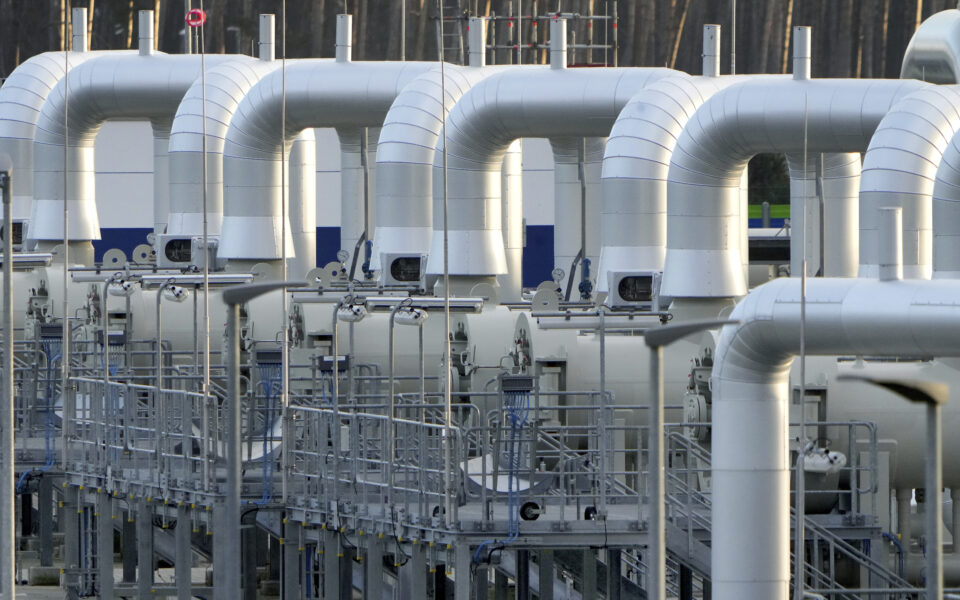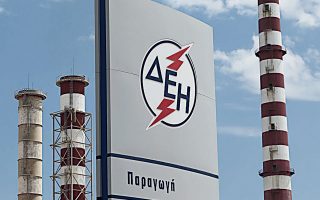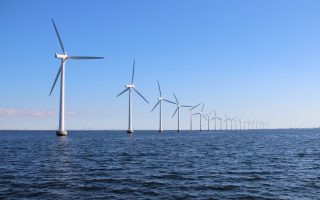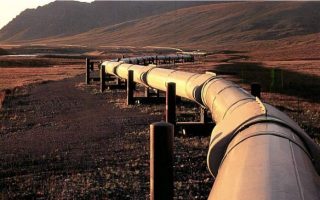Preparing for life without Russian gas
Greece drafts contingency plan for the day after in the event Moscow turns the tap off

Europe expects to learn about Moscow’s genuine intentions regarding the delivery of natural gas in 10 days, since the repair and maintenance work that will interrupt flow through the Nord Stream 1 pipeline on Monday is expected to be finished on July 21.
If Russia permanently pulls the plug on supply, Europe, including Greece, will need to prepare for a challenging winter.
Around 40% of Greece’s needs are met by Russian Gazprom. If it lacks these quantities, which are primarily used to generate electricity, it may make up for them by building more lignite-fired power plants and shipping more liquefied natural gas (LNG).
Indicatively, of the 30 terawatt-hours of gas imported for domestic consumption in the first half of 2022, 13.3 came from Russia.
Although the government is attempting to balance the negative effects, a backup plan is already being drafted.
In the first half of the year, out of the 30 terawatt-hours, around 20.5 were used by power plants, 8 by homeowners for heating and 1.5 by industry. This basically implies that there is limited room to cut back on gas use.
There is no fuel combination that can supply all of the nation’s electricity needs without gas. Simply put, Greece won’t have electricity if there isn’t enough gas available.
A precondition for the effectiveness of the Greek plan which foresees more lignite (brown coal) production, and more plants, is that LNG is available on the international market for Greek companies to buy.
“Greece faces one of the smallest risks in all of Europe in terms of supply adequacy,” Energy Minister Skrekas said last Monday, adding, however, this presupposes the availability of LNG cargoes.
In the winter, there is a daily need for electricity of between 9,500 and 10,000 megawatt-hours. Some 1,850 megawatt-hours can be produced by the lignite plants that are currently on hand. The Ptolemaida 5 unit will be able to produce an additional 650 megawatt-hours starting in September. The PPC’s hydropower facilities can generate up to 2,000 megawatt-hours, although not at a constant pace.
In contrast, the five gas-fired units that will burn oil can produce 1,700 megawatt-hours.
Renewable energy facilities and LNG plants powered by natural gas would have to provide the remaining 3,000 megawatt-hours of power.





